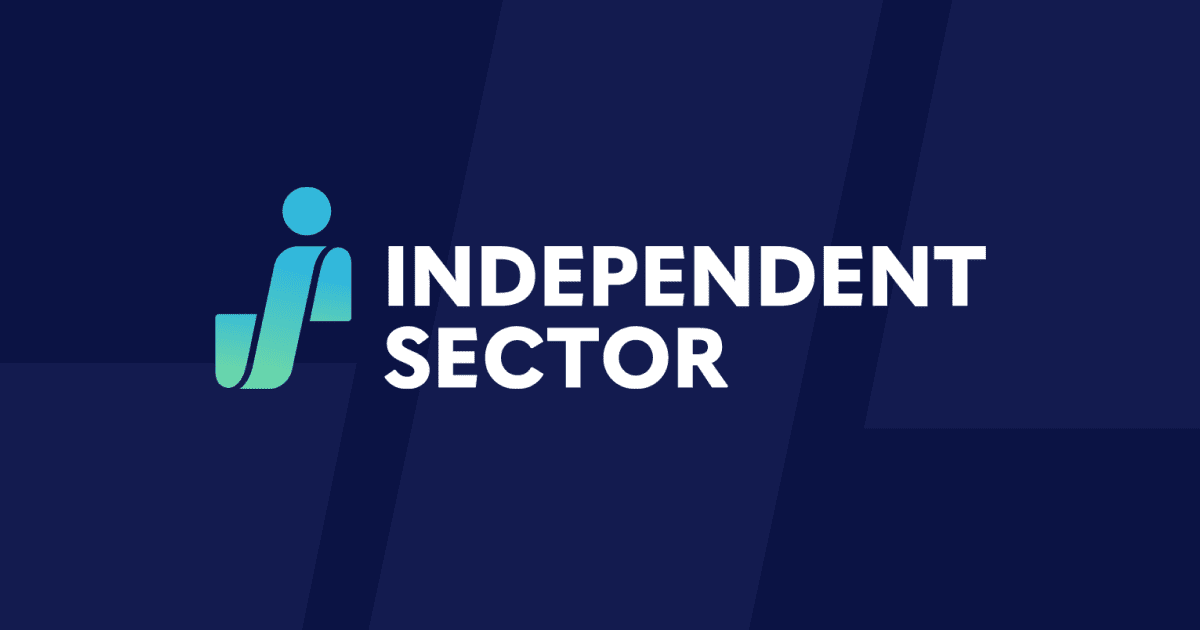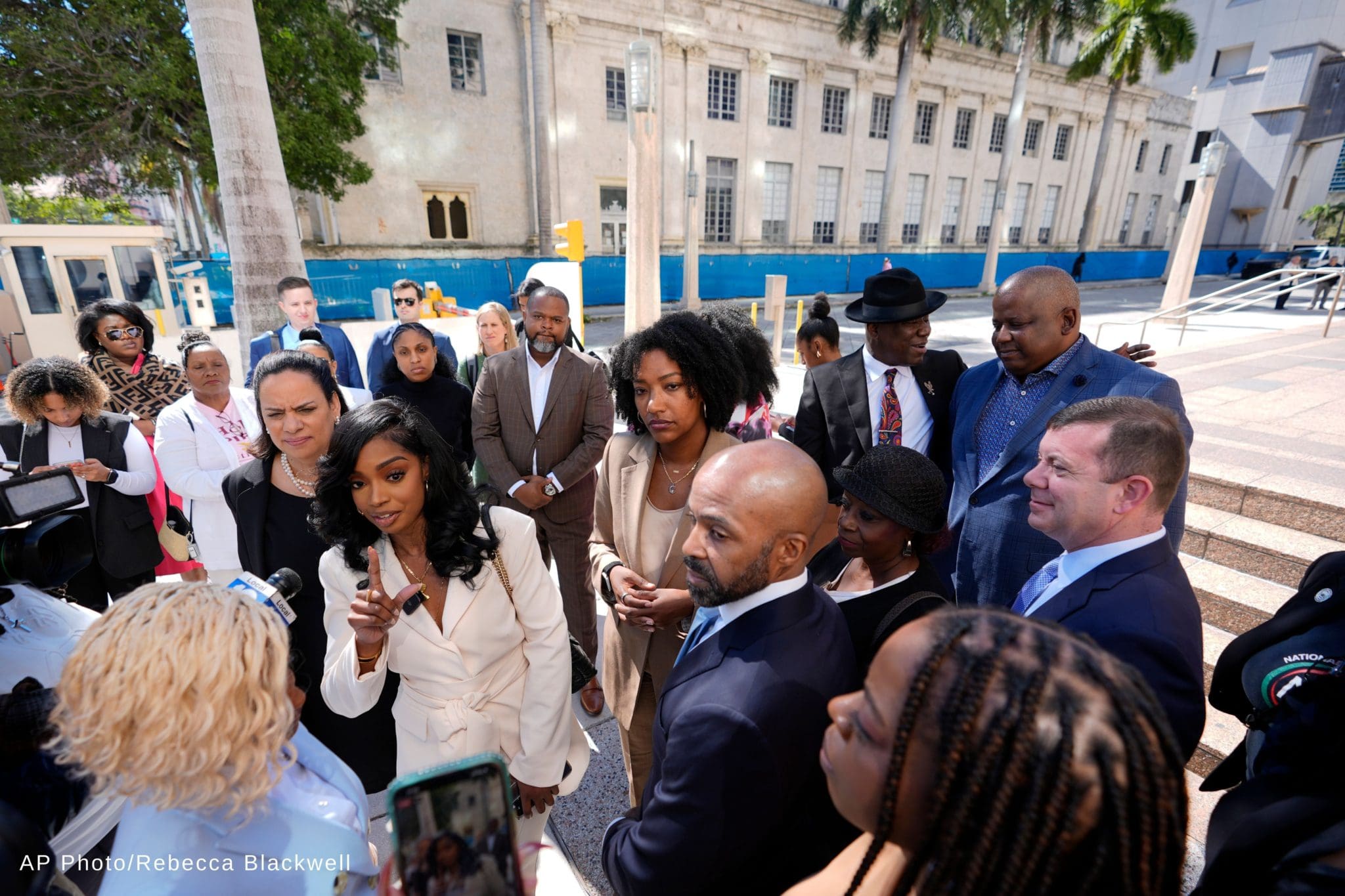On July 27, 2020, Senate Republicans unveiled their latest proposal to confront the COVID-19 pandemic. Dubbed the Health, Economic Assistance, Liability Protection, and Schools (HEALS) Act, the long-anticipated bill is now the starting point for negotiations between Congress and the President. Read the statement by Independent Sector President and CEO Dan Cardinali.
Below are some provisions relevant to the nonprofit sector.
Paycheck Protection Program
Paycheck Protection Program Changes
In addition to the $100 billion remaining in the Paycheck Protection Program, the HEALS Act allocates an additional $90 billion. Of this total, $25 billion is set aside for organizations with 10 or fewer employees, $10 billion is set aside for community lenders, and the administrator is directed to prioritize underserved communities.
Eligible organizations now include many 501(c)(6) organizations, while expenses now eligible for loan forgiveness include PPE investments. Many documentation requirements for the forgiveness of loans under $150,000 are waived while requirements for loans between $150,000 and $2 million are simplified. The maximum PPP loan is now $2 million.
Paycheck Protection Program Second Draw Loans
Paycheck Protection Program Second Draw Loans are available to organizations that have already received a PPP loan, provided that they employ 300 or fewer employees and demonstrate at least a 50% reduction in gross receipts during the first or second quarter of 2020 compared to the same 2019 quarter. The maximum PPP Second Draw Loan is $2 million.
Unemployment Insurance
Federal Pandemic Unemployment Compensation
While the CARES Act provided an additional payment of $600 per week to individuals receiving unemployment insurance (UI) benefits through July of 2020, the HEALS Act would continue supplemental payments of $200 per week through September. Starting in October, this payment would be replaced with a payment (up to $500) that, when combined with the state UI payment, would replace 70% of lost wages.
Relief for Self-Insuring (or “Reimbursing”) Nonprofits
The CARES Act offers federal funding to support 50% of the cost incurred by nonprofits and other organizations that self-insure for the purposes of unemployment insurance. The HEALS Act would increase that federal percentage from 50% to 75%.
Employer Tax Credits
Enhanced Employee Hiring and Retention Payroll Tax Credit
The CARES act created a payroll tax credit for wages paid to employees during the COVID-19 crisis. The HEALS Act increases the percentage of qualified wages reimbursed from 50% to 65% and increases the limitation on qualified wages to $10,000 per quarter, limited to $30,000 for the calendar year.
It also makes it easier to qualify as an eligible employer by lowering the required reduction in gross receipts from a 50% decline to a 25% decline compared to the same calendar quarter in the previous year.
Under the CARES Act, for employers with greater than 100 full-time employees, the credit is based only on the portion of an employee’s wages that compensate the employee for not performing services. For employers with 100 full-time employees or less, the credit is based on all wages paid to an employee. The HEALS Act increases the 100-employee threshold to 500 employees, giving more employers access to the more permissive calculation. Employers can be eligible for both the credit and the Paycheck Protection Program, but there are limitations to prevent overlapping benefits.
Safe and Healthy Workplace Tax Credit
The HEALS Act creates a new refundable payroll tax credit equal to 50% of an employer’s “qualified employee protection expenses,” such as testing for COVID-19, protective personal equipment, cleaning supplies, “qualified workplace reconfiguration expenses,” including modifications to workspaces for the purpose of protecting employees and customers from the spread of COVID-19, and “qualified workplace technology expenses,” including contactless point-of-sale systems and other technology to track employee interactions with customers.
In each calendar quarter, qualified expenses cannot exceed a cap equal to $1,000 for each of the first 500 employees, plus $750 for each employee between 500 and 1000, plus $500 for each employee that exceeds 1,000.
Appropriations
Census – $448 million for field operations and data processing for the 2020 Census.
Indian Health Service – $1.6 billion for critical health care needs and facilities.
Public Health and Social Services Emergency Fund – $78 billion for provider relief, COVID-19 testing, vaccine distribution, community health centers, and more.
Child Care and Development Block Grant – $5 billion.
Elementary and Secondary School Emergency Relief – $70 billion for general assistance and to support the costs of in-person instruction.
Higher Education Emergency Relief – $29 billion to support additional institutional expenses and student financial aid. Institutions that paid the endowment tax in 2019 receive a reduced allocation.
United States Agency for International Development (USAID) – $4 billion for global health and disaster assistance programs.


